She woke abruptly to a black rage of crows in the heights of those limbs rising over the road below and lay still, the rise and fall of her breath a bare echo of the light and shadow stirred through the bedroom by winds flurrying the limbs out there till she turned sharply for the phone and dialed slowly for the time, up handling herself with the same fragile care to search the mirror, search the world outside from the commotion in the trees on down the road to the straggle of boys faces streaked with blacking and this one, that one in an oversize hat, sharing kicks and punches up the hill where in one anxious glimpse the mailman turned the corner and was gone. — William Gaddis’
Nuking Hurricanes: The Surprising History of a Really Bad Idea
The Porsche 959’s History Was Way More of a Disaster Than You Know
Who knew? Everybody knows. Large Majorities Dislike Political Correctness
The Eternal Life of the Instant Noodle – Enter our unlikely hero – a failed businessman named Momofuku Ando. Ando, as he’s affectionately known, had earned and lost fortunes, first in his native Taiwan and then in Japan. He made millions in industrial parts during the war, then lost it. At one point, he went to prison for fraud. He then headed a bank, which collapsed. But Ando was persistent. He wanted to rebuild his reputation and his fortune. A decade after the war had ended, contacts in Japan’s ministry of agriculture told him they were eager to figure out how to push Japanese people to eat more American wheat flour – the key component of US aid at the time.
That’s when, so the story goes, Ando remembered something he’d seen at the end of the war – queues of exhausted people waiting patiently in long lines for bowls of steaming ramen noodle soup. What was needed, Ando thought, was a modern, speedy version of that working-class comfort food. A food that, conveniently, used lots of American wheat flour.
My first speculation from my brief expedition in “quantiative macrohistory” is this: Human well-being was pretty awful by modern standards until the industrial revolution, after which most things we care about got vastly better in the span of a century or two. My one-sentence summary of recorded human history is this: Everything was awful for a very long time, and then the industrial revolution happened. Three wild speculations from amateur quantitative macrohistory:
Fuckin’ Twitter Only in America on Twitter: “Best Halloween costume ever. https://t.co/11xVOOGAP9”
Best Halloween costume ever. pic.twitter.com/11xVOOGAP9
— Only in America (@Crazzyintheusa) October 9, 2018
8-Year-Old Girl Finds Ancient Sword in Sweden’s Vidostern Lake “I was outside in the water, throwing sticks and stones and stuff to see how far they skip, and then I found some kind of stick,” she told Swedish news site, The Local. “I picked it up and was going to drop it back in the water, but it had a handle, and I saw that it was a little bit pointy at the end and all rusty. I held it up in the air and I said, “Daddy, I found a sword!’ “
Pod Room | Affordable Luxury Capsule Hotels
Eurogenes Blog: Descendants of Greeks in the medieval Himalayas? The high-altitude lake of Roopkund, situated over 5000 meters above sea level in the Himalayas, remains frozen for almost 11 months out of the year. When it melts, it reveals the skeletons of several hundred ancient individuals, thought to have died during a massive hail storm during the 8th century, A.D. There has been a great deal of speculation about the possible identity of these individuals, but their origins remain enigmatic. We present genome-wide ancient DNA from 17 individuals from the site of Roopkund. We report that these individuals cluster genetically into two distinct groups-consistent with observed morphological variation. Using population genetic analyses, we determine that one group appears to be composed of individuals with broadly South Asian ancestry, characterized by diffuse clustering along the Indian Cline. The second group appears to be of West Eurasian related ancestry, showing affinities with both Greek and Levantine populations.
The History of American Hard Cider – Since nothing the colonists tried could compare to cider, they requested apple seeds from France and Britain. Some wealthy landowners were even able to import whole trees. The plants thrived on this side of the pond, and soon, cider became a major part of the colonists’ daily diet. If you’re wondering why they didn’t just quench their thirst with water, well — it tasted strange compared to what they were used to back home, which made them question its potability. Also, once cities were built and industry took hold, byproducts and sewage were regularly dumped into local waterways until, many years later, regulations to clean them up were established. By the late 18th century, the majority of the population in the northeast lived on farms, and one out of every ten had a cider press, which made it the number one beverage in New England for over a century.
You’re a Little Whitey, Aren’t Ya? While white men screaming “white man!” at other white men as an insult is a stupidity difficult to exceed, his ‘comrades’ certainly weren’t dissuaded from the attempt. In another intersection hijacking, an elderly driver induced antifa’s crusaders to attack his car at not one but two traffic lights. Would you guess this attack was triggered by the driver dragging Tom Robinson by the neck to a lynching tree? Well, it was nearly that bad: he was dragging his own old white body through a green light. And that, Atticus Lenin, is even more raysis.
The Coast of Death | Any attempt to count the ships that have sunk off Galicia is itself destined to flounder. There have been 927 documented cases since the Middle Ages””If only,” locals say to that. A researcher named Rafael Lema has written a meticulous compilation of these stories entitled Costa da Morte, un país de sueños y naufragios (Coast of Death: Country of Dreams and Shipwrecks), which summarizes some of the most surprising incidents.

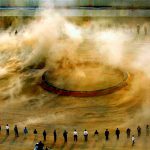

![That Was the Whopper Weekend That Was [Illustrated] welcometohell](https://americandigest.org/wp/wp-content/uploads/2021/05/welcometohell-150x150.jpg)





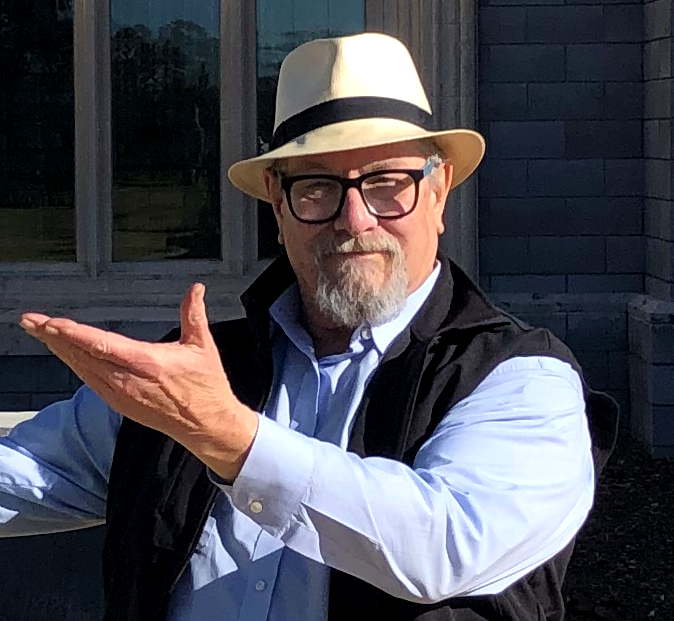 Gerard Van der Leun
Gerard Van der Leun












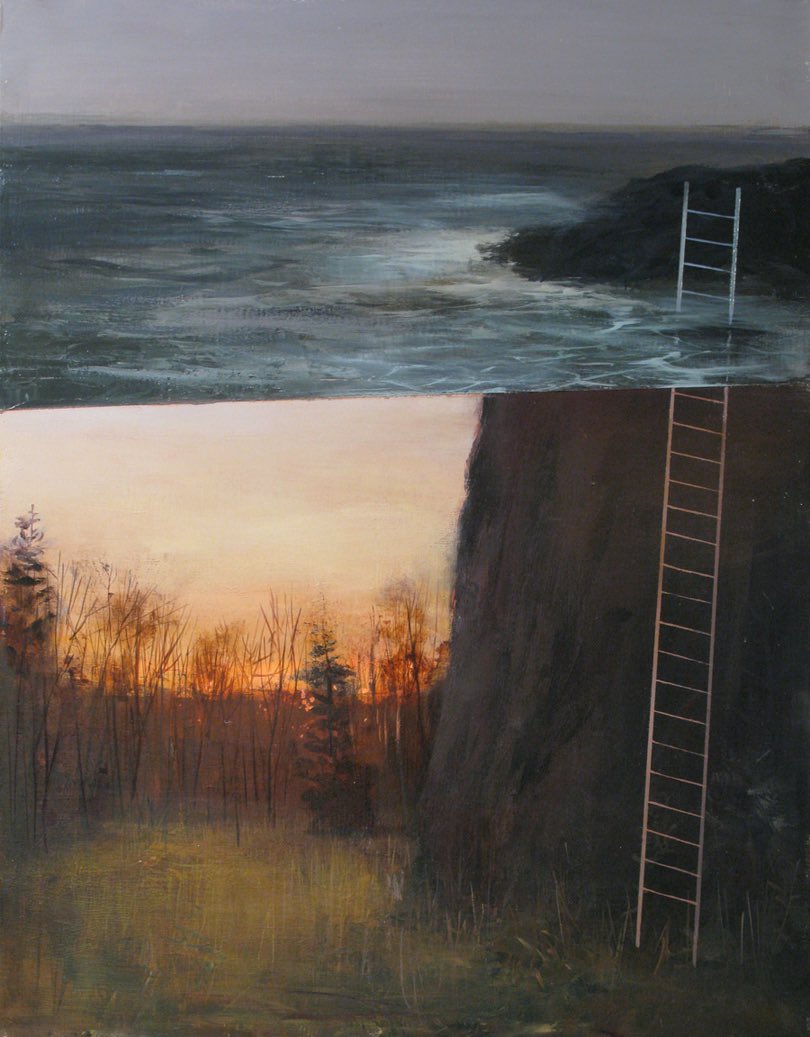



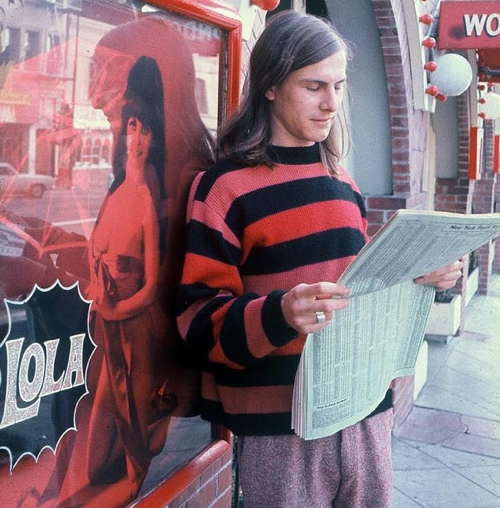

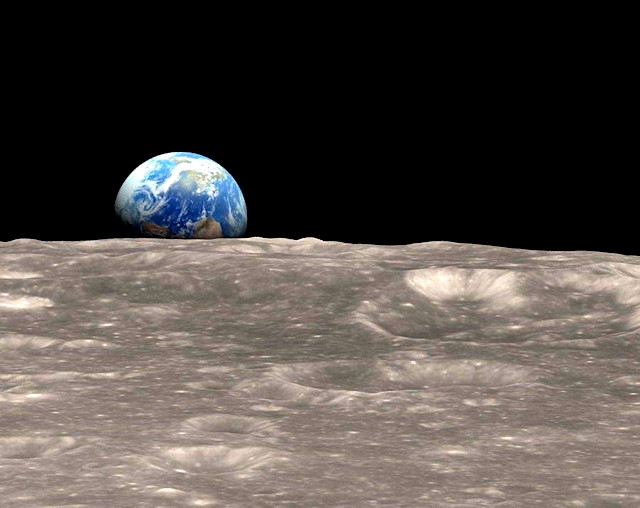





Comments on this entry are closed.
Btw, I saw that “Bubble” routine last year, and it hasn’t faded a bit. Hysterically funny because too true to ignore, even for an SNL audience.
There’s hope in reality, isn’t there?
That paragraph reads like something written by that highly over rated weirdo Cormac McCarthy. Makes me want to grab an oxygen bottle and strap on a mask.
Sometimes you see things in a still that’s not apparent in the video. Chick’s a dude, dude’s a chick.